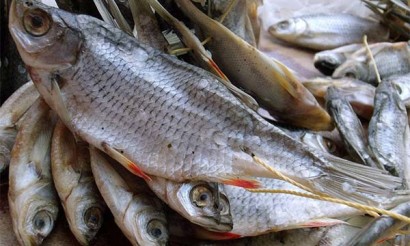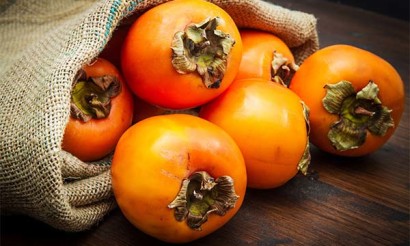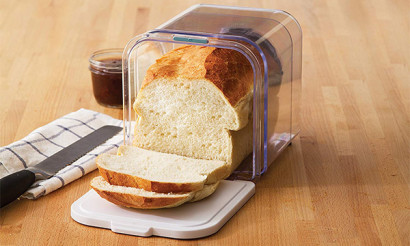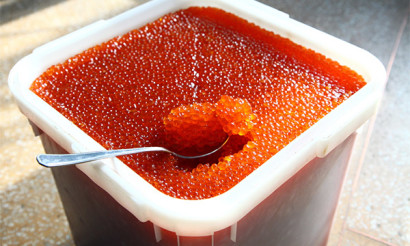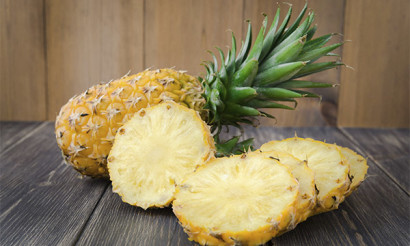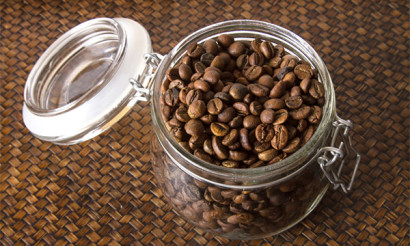How to Store Beans at Home
Beans are one of the healthiest foods. They provide the body with vegetable protein and contain many vitamins. No wonder that every housewife wants to keep a certain supply of beans at home. This product will be especially relevant during Lent, so it is better to always have it on hand. However, when storing beans in the conditions of standard urban housing, some problems may arise. First of all, the beans can become prey to bugs (so-called seedworms). In addition, it is not always possible to provide the conditions required by the rules for the storage of the product. And if the beans dry out or dry out, they can no longer be consumed.
The benefits of beans
All legumes are useful. The advantage of the bean is that it contains approximately 25% vegetable protein. And they are digested very well, providing all of the body's protein needs. In terms of protein content, beans are second only to meat products. This is why they are a must for vegetarian and fasting menus. Of course, beans do not contain all the necessary amino acids, but this is easily corrected - they can be cooked with rice, which compensates for their lack. But beans don't mix well with meat; the body will need twice as many resources to digest them, so it's not worth the risk.
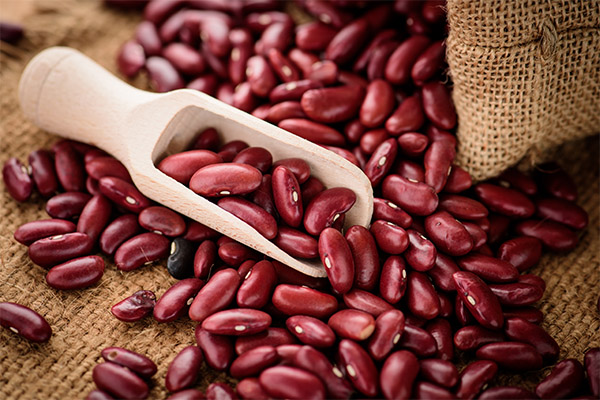
But beans contain a lot of vitamins, including ascorbic acid, vitamin E, which is an antioxidant and helps to prevent premature aging, as well as representatives of the vitamin group B. The latter are responsible not only for the normal functioning of the central nervous system, but also for metabolic processes.
In addition, beans are the champion among vegetable crops for their content of copper and zinc. They are considered very important for women's beauty. And zinc with its anti-inflammatory properties is essential for men's health. Beans also contain fluorine, phosphorus, magnesium, calcium, potassium, iron and other minerals.
Interestingly, red beans contain a lot of iron, more than the main varieties (although this element is present in all of its varieties). Iron is necessary for the normal formation of red blood cells and to maintain a certain level of hemoglobin, which plays an important role in the process of hematopoiesis. In general, it is very useful for the cardiovascular system.
But white beans contain more calcium, which is necessary for strengthening bones, so these types of beans are recommended for ladies during menopause, when the risk of osteoporosis increases. In addition, white beans also contain large amounts of potassium, which is necessary to prevent cardiovascular diseases. The black Japanese bean adzuki is good because, unlike other varieties, when it is eaten it completely eliminates the risk of increased gas formation.
So studies have shown that adzuki beans
- promotes weight loss, but in such cases, you can consume no more than 130 g per day;
- Reduces the risk of developing type 2 diabetes;
- allows you to regulate the performance of "bad" cholesterol;
- normalizes metabolism;
- helps to eliminate toxins;
- It has anti-depressant properties, helping to produce joy hormones.
Of course, all of this applies only to moderate consumption of beans. In large quantities, they can lead to increased gas formation. And, of course, you should use only high-quality beans: their seeds should be firm, with a smooth surface and a homogeneous structure.
What conditions to store beans in
For storage, the beans need the same conditions as for other beans, but not as for groats - this is partly the reason for the difficulties that arise.
The optimum storage temperature is above +10°C. The humidity in this case should be up to 50%. Such conditions can be created in the refrigerator. Theoretically, the beans can also be stored on the balcony, but it is more difficult to maintain the optimal humidity level there. And if you exceed the specified value, the beans can get damp. Even if there is no mold on it, its taste will deteriorate significantly.
In addition, it is very important to observe the specified temperature regime, which on the balcony is also not so easy to ensure. The fact is that if the temperature is higher than the specified value, this can create favorable conditions for the main pest of beans - the bean weevil.
How to prepare beans for storage
Bought or harvested beans can not just pour into jars. These kernels still need to prepare. And first of all, you should deal with the bean sprout. The only way it can get into an ordinary city apartment is with the beans. It's enough for just two bugs to get into the crop, and then you'll have to throw out all the beans you have.
It is clear that not every urban hostess has seen a bean sprout, so it seems appropriate to give a description of this pest. The bean weevil is an insect from the order of the hardflies.
The danger lies in the fact that the pest itself has a very small size. It is only 5 mm long. In addition, the bean lays its eggs in tiny cracks that are formed on the bean shell, or in the same and gnawed holes. When the larvae then find themselves inside the grain, they begin to eat it from the inside. At this stage, a bean sprout infestation is easy to spot, because dark, round-shaped windows will be clearly visible on the surface. They are usually only 1 mm in diameter. But there are usually a lot of them, so they are noticeable. This is due to the fact that one bean kernel can inhabit several larvae at once. Interestingly, these pests multiply very quickly. One insect can produce up to six generations in a season. With the onset of cold weather, it may seem that beanpoles have stopped their activity, but in fact it is just a kind of hibernation.
If you bring the crop of beans into a warm apartment, the pests will resume their activity. Therefore, when preparing beans for storage, it is so important to go through literally every grain to find the pest and destroy it.
It is clear that in practice it is very difficult to do this, especially since traces of life activity will not always be well visible. So experts simply advise treating the entire bean crop before loading it into bags or jars.
Beans can be treated in several different ways:
- Warming. To do this, spread it out in a single layer on a baking tray, spreading it evenly over the surface. Then heat the crop in an oven at +60 ° C for 60 minutes.
- Freezing. For this purpose, the beans should be picked, poured into a plastic bag and left in the freezer for three days.
Both methods are suitable even if the beans are left as seed. The fact is that neither heat treatment nor freezing affects the ability of this crop to germinate. They also have no effect on the taste, but both methods allow you to get rid of the pest.
How to store beans to avoid bugs
There are several ways to store beans. For example:
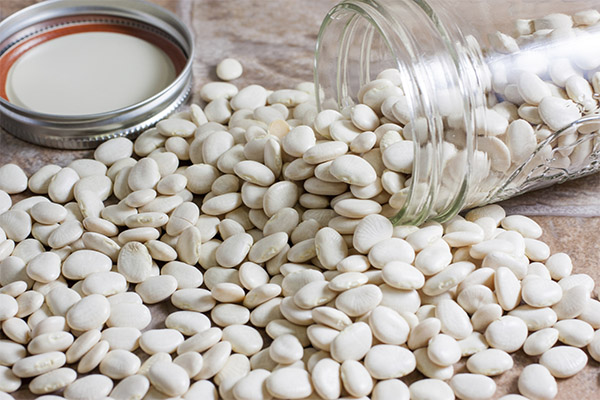
- In glass jars. You can take the usual. Then experienced housewives advise to pour a layer of ash 2-4 cm thick on the bottom of the container, then place the beans there and cover it with a lid, which should fit very tightly to the container. The best option is considered to be metal lids, glass ones are also suitable, but polymeric ones are air permeable, so it is not recommended to take them. Without access to oxygen, the beans will lose the ability to germinate, and they can only be used in cooking. You can take special jars for storing cereals and dried fruits. Their advantage is the possibility of pre-pumping of air, because here the design provides vacuum lids, and a pump is included in the package. With his help, the air is pumped out through the valve, a vacuum is created inside the jar, which allows you to store beans for a long time, because without access to oxygen bugs do not grow and fungus does not appear.
- In the refrigerator. This option is suitable only for those cases where the beans are not gathered a lot. Then it can be put in a cloth bag and find some container for it, so that it was convenient to get out and no condensation accumulated. It is recommended to soak these bags in a weak saline solution beforehand and then dry them. This will reduce the risk of fungus development. Bags are also used for storage on the balcony or in the pantry, but the refrigerator is considered the ideal option. When stored in such conditions, the beans will retain their qualities for two years. The fact is that at temperatures below +7 degrees, bean sprouts no longer threaten the crop.
- In the freezer. At this temperature, beans retain all their nutritional qualities. At the same time, after defrosting, it can sprout again, that is, this method is also suitable for seed. The only problem is that many housewives during the summer have time to fill the freezer with vegetables and berries, and there simply is not enough space for beans there already.
- On the balcony. Suitable conditions here will be only after the cold weather arrives. However, in this case, too, it will be very difficult to ensure a constant temperature and humidity level. Before the onset of cold weather, it is better to keep beans in the refrigerator or freezer, because otherwise it will be difficult to protect them from bugs.
Cabinets and pantries rarely store beans. But if the beans have been heated or frozen, in a sufficiently dry and dark place, they can overwinter well and at room temperature. Experienced housewives in such cases recommend distributing legumes in small containers and in each pour seeds of dill and put a slice of garlic. They will deter pests.
Preparation of beans before storing is a mandatory procedure, as well as periodic inspection of their condition during storage. During this period, it is recommended to regularly review the beans, throw out all the dried, shriveled or otherwise damaged kernels.
Is it possible to freeze beans for the winter
Beans can be frozen for the winter at home. This method allows you to save all the vitamins. For this method, it is recommended to choose the pods of milk maturity, soft enough (this can be checked by easily piercing them with your fingernail). First, the pods are cut off the stalks, then they are carefully washed in running water. You should also get rid of the sharp prickly ends, because they spoil the taste of the beans. You can freeze both boiled and blanched beans, as well as fresh ones.

Depending on this, different freezing methods can be used. If we are talking about fresh pods, they are washed and dried on paper towels, cut into pieces, placed in bags and put in the freezer.
Washed beans can also be blanched by putting them into boiling water for three minutes. After that, they are drained, put in a colander and dropped into a container with ice water for a few minutes. Then they are dried on a paper towel, placed in bags and placed in the freezer.
Steam the beans for no longer than 3-5 minutes, then drain the water. The beans are cut and dried, then placed in bags and frozen.
It is very important to make sure that the pods inside the bag do not stick together into one big icy lump. To do this, experienced hostesses advise to first spread the sliced pods on a cutting board in one layer, cover with film and put in the freezer for half an hour. After this interval, you can take out the beans and scatter them into bags.
Interesting facts about beans
This is one of the oldest crops known to mankind. The first written mention of them dates back to 3000 BC. They are found in a Chinese manuscript, but the Europeans of that era were not familiar with these legumes. In Spain, both common and string beans were introduced only after the voyage of Columbus. At first, beans, like potatoes, were grown as an ornamental plant in small pots. Incidentally, the bean was learned about in England even later, it was first brought here by the Dutch, so for a long time it was called the Dutch bean.
Today there are over 200 varieties of beans in the world, and all of them, although they have different compositions, are equally useful. A separate species is the string bean. They are also native to Latin America. Although there is more protein in regular beans, green beans contain more vitamins. Because they don't need to be cooked for a long time and can be prepared within 20 minutes, they don't have time to break down those nutrients. These beans are called asparagus beans because they taste like this vegetable, but biologically they are not related to it.
«Important: All information on this site is provided for informational purposes only. for informational purposes only. Please consult with your health care professional before using any of the recommendations. specialist before using any of the recommendations. Neither the editors nor the authors shall be liable for any possible harm caused by materials."





